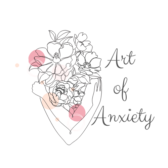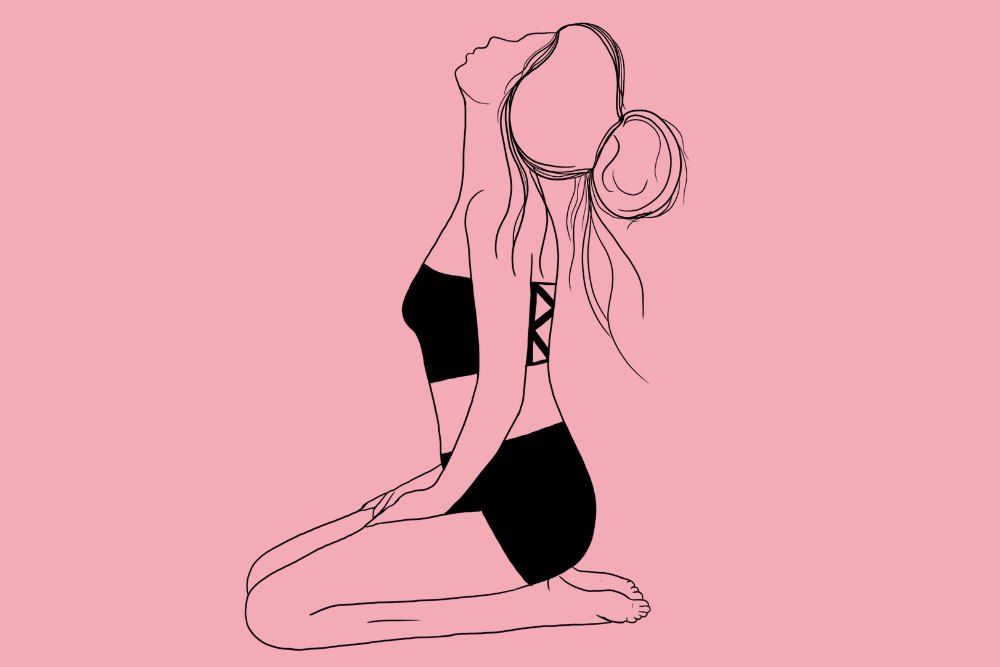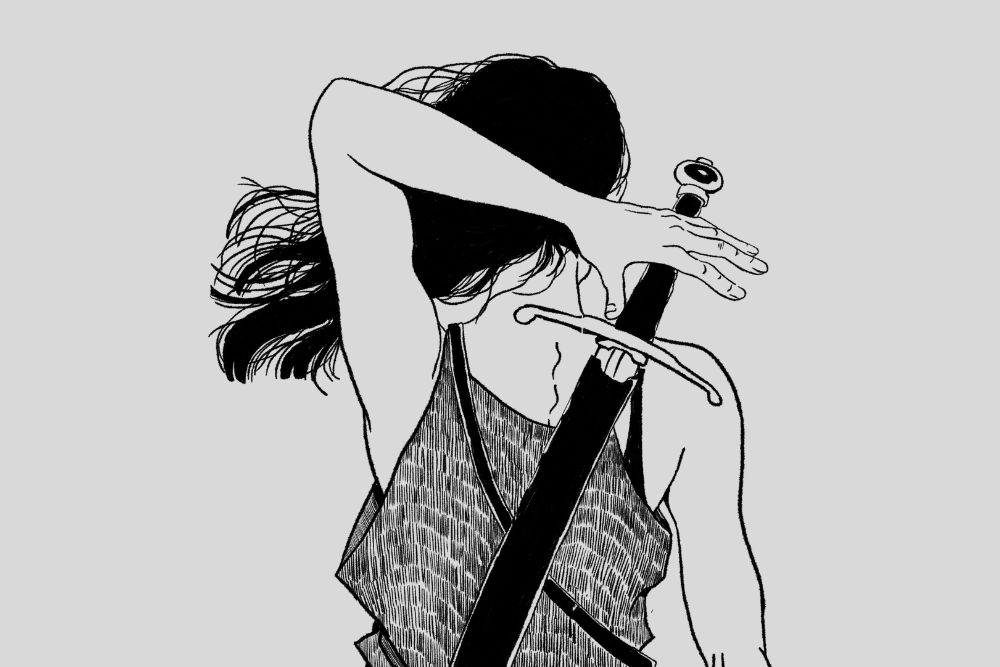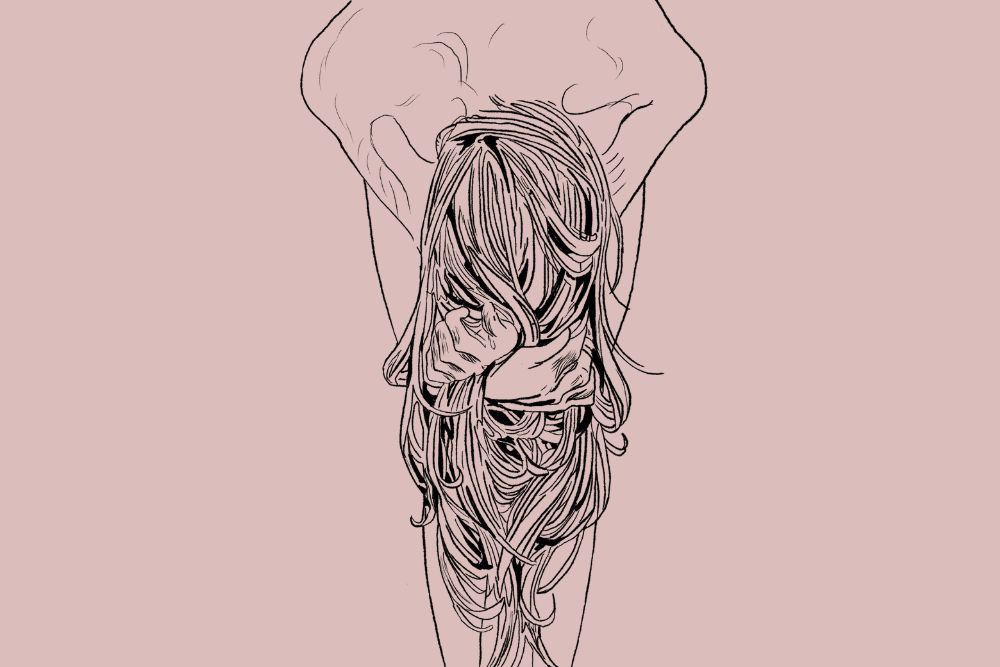Tension and Trauma Release Exercises (TRE) are a powerful tool that can help you release the trauma that is lingering in your body. It can help ease anxiety and depression.
It isn’t easy to release trauma. Sometimes it just gets stuck, and it feels like there’s nothing you can do about it. But through Trauma Release Exercises, you can literally shake out some of this stuckness.
Let’s explore how you can release trauma using TRE.
What is TRE?
TRE, short for Tension and Trauma Releasing Exercises, is a natural and gentle practice designed to release stored tension and emotional stress from your body. It uses neurogenic tremors to help reduce over-activity in the hypothalamus-pituitary-adrenal axis
It’s like giving your body permission to shake off the burdens it carries, helping you find a sense of relief and renewal.
The best way to explain it is if you think back to a time you’ve experienced something really traumatic. Once you’ve made it through your trauma response and are no longer in immediate danger, you’ll usually start shaking or trembling. Your body releases the excess adrenaline and lets go of all the stored tension through shaking. TRE aims to trigger the tremoring without the trauma.

Trauma Releasing Exercises for Anxiety and Depression
Anxiety and depression can manifest both emotionally and physically. Trauma Release Exercises address both realms, allowing you to release the stress (and the trauma) your body holds onto.
By engaging in this practice, you’re encouraging your body to let go of the weight it carries, promoting relaxation and easing the emotional toll of anxiety and depression.
Benefits of TRE Exercises
By using exercises to release trauma, you unlock the following physical and emotional benefits:
You Feel Lighter: TRE introduces a natural shaking or trembling response that helps your body release the accumulated stress it holds. This can lead to a sense of physical and emotional lightness.
Emotional Unburdening: As you engage with trauma release therapy, you may experience emotional release, letting go of bottled-up feelings that contribute to anxiety and depression.
Soothing Sleep: With released tensions, you might find it easier to drift into restful sleep, allowing your body and mind to rejuvenate.
Anxiety Relief: TRE can reduce anxiety by addressing both the physical and emotional aspects, helping you regain a sense of control.
Depression Support: The practice encourages relaxation and promotes a positive mind-body connection, potentially alleviating symptoms of depression
Mind-Body Connection: TRE encourages a deeper awareness of the mind-body connection and promotes self-awareness.
Self-Regulation: Practicing TRE may enhance your ability to self-regulate emotions and stress responses.
Improved Mood: The release of physical tension can contribute to an improved overall mood and sense of well-being.
Coping Skills: TRE provides a tool for managing stress and emotional challenges in a self-directed way.
Enhanced Resilience: Regular practice of trauma exercises may help build emotional and physical resilience to stressors.

What Happens in TRE?
In Tension and Trauma Releasing Exercises (TRE), the process involves a series of exercises designed to activate the body’s natural tremor or shaking response.
TRE Steps
TRE exercises generally include the following steps to aid in releasing tension:
Preparation: You start with gentle warm-up exercises to prepare your body for the process.
Body Positioning: You lie down on your back with your knees bent and feet flat on the ground.
Activation: Through controlled muscle tensing and releasing, you initiate a subtle shaking or trembling in your muscles.
Tremors: The tremors usually start in the legs and then move throughout your body. These neurogenic tremors are involuntary and natural, similar to how animals shake to release stress.
Observation: As the tremors occur, you simply allow them to happen without trying to control or suppress them. It’s a process of observing and letting go.
Breathing: Focusing on slow and deep breathing helps you relax and support the tremors.
Cool Down and Rest: After a period of tremoring, the intensity naturally subsides. You transition into a state of rest and relaxation.
The intention behind TRE is to release physical and emotional tension stored in the body, helping to promote relaxation, reduce stress, and facilitate emotional healing.
It’s important to practice TRE under the guidance of a certified provider initially to ensure you’re engaging with the process safely and effectively.
How to Release Trauma From Body
You can use the following body trauma release guide to practice TRE yourself. However, it is recommended that you do TRE with a qualified therapist.
If you have completed multiple sessions of TRE and are comfortable, then you’ll likely be able to guide yourself through the trauma-release process. There’s also a downloadable PDF version of this how to TRE guide.
Ankle Roll
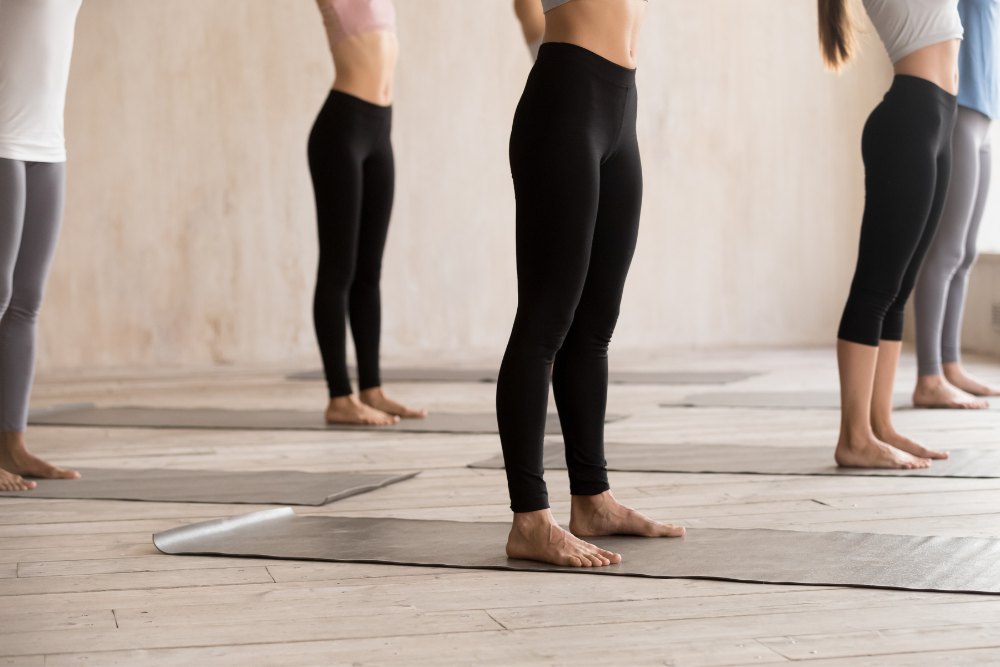
- Place your feet hip-width apart with your knees slightly bent.
- Roll from one side to the other.
- Repeat three times.
Calf Raise

- Hold onto the wall, stand on one leg
- Go up onto your toes and lower down
- Do this until you reach 7/10 fatigue
- Swap legs
“Running a Race”

- Place one leg forward and place hand next to foot (runners lunge)
- Lift up your back leg, bend, and straighten the leg that you are standing on until you reach 7/10 fatigue.
- Swap legs
Wide-Legged Forward Fold

- Put your feet wide apart (as in a wide-legged forward fold), and slightly bend the knees (like a goddess squat).
- Hang your upper body down and breathe x3.
- Move the body to one foot. Bend that knee and straighten the opposite knee. Breathe three times. Do the same on the other side.
- Bring the body back to the middle and reach backward between the legs. Take three breaths.
Kneel

- With one leg in front, lean forward into a kneeling position. Take three breaths.
- Turn your upper body towards the front leg.
- Take three breaths and swap sides.
Squat Against a Wall

- Lean with your back against a wall
- Take your feet hip-width apart
- Squat until you’re sitting in a chair position.
- Move up when reaching 7/10 fatigue.
Forward Fold

- Stand with your feet hip-width apart.
- Hang over your legs with your upper body
- Take three breaths
Lie on Mat
- Place your feet in a butterfly position and bring the feet close to your body
- Lift your pelvis and hold for 1 minute
- Lower down.

Tremor
Move your feet further from your body. Keep in butterfly. Bring knees closer to each other in three steps.
Tips for Beginners

Before you start TRE, here are some tips to consider:
- Certified Guidance: Begin with a certified TRE provider who can guide you through the process, ensuring safety and effectiveness.
- Safe Space: Create a safe and comfortable space to practice TRE, allowing yourself to fully engage without distractions. You also want to ensure you won’t be disturbed.
- Patience and Kindness: Approach TRE with self-compassion and patience. It’s a personal journey, and your experience will be unique. The amount you tremor will be different each time.
My Personal TRE Experience
I was first introduced to TRE therapy by an occupational therapist in 2017 as a way to deal with PTSD and excoriation (skin-picking disorder). It was also my first experience with a yoga-related practice. The first time I completed a TRE session, it felt like a massive weight had been lifted off my shoulders.
I was able to release a lot of the trauma I was holding in my body and let go for the first time in a while. It made me realize how much trauma we actually hold in our bodies. Releasing it was magic.
The Occupational Therapist who guided me through it was incredible. She also introduced me to the Sensory Matrix, which is something I still refer back to today. Additionally, she also taught me various sensory regulation strategies. OT isn’t just for kids, and it was a huge asset on my anxiety journey.

Releasing Trauma from the Body
TRE offers a unique pathway to healing from stored trauma. It offers a way for you to connect with your body’s wisdom and find solace from the challenges of anxiety, PTSD, and depression.
By giving yourself permission to shake off the burdens, you’re nurturing your well-being and reclaiming your emotional balance.
As you embark on your TRE journey, remember that every tremor releases stored tension. This healing shake that you experience is a profound release that can create a massive shift.

Kathryn is the creator of Art of Anxiety. She was diagnosed with GAD and MDD at 16 and has been working every day to master the art of anxiety ever since. Her favorite things to do are aerial yoga and hanging out with her cats while reading a good book.
